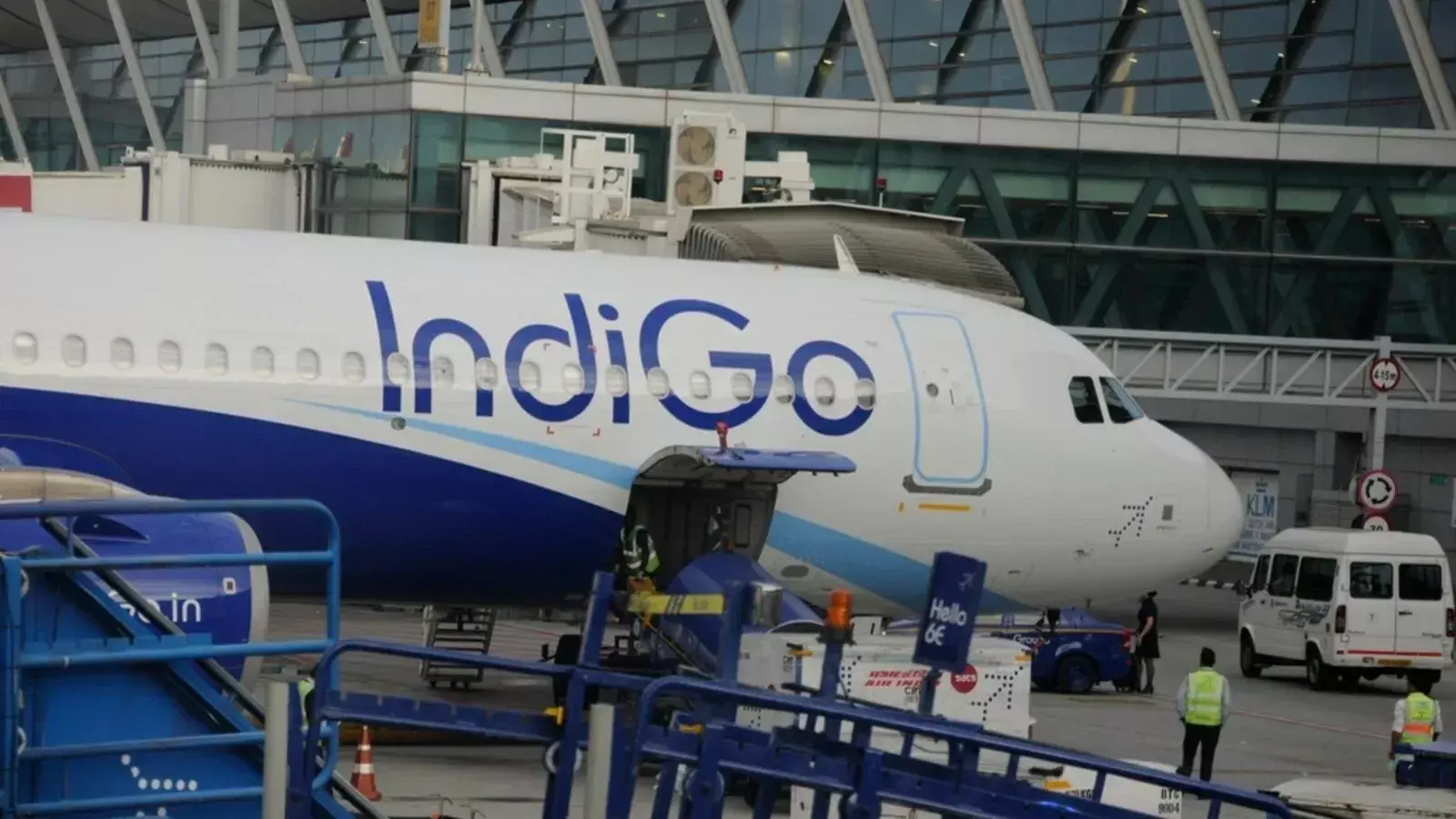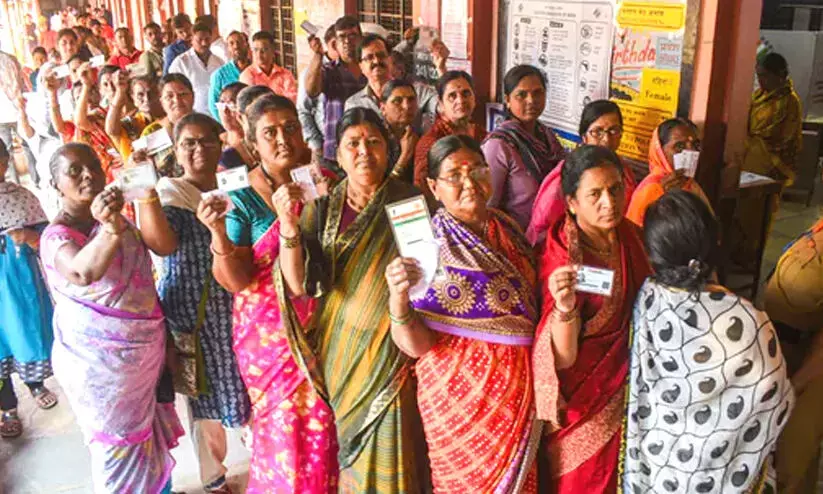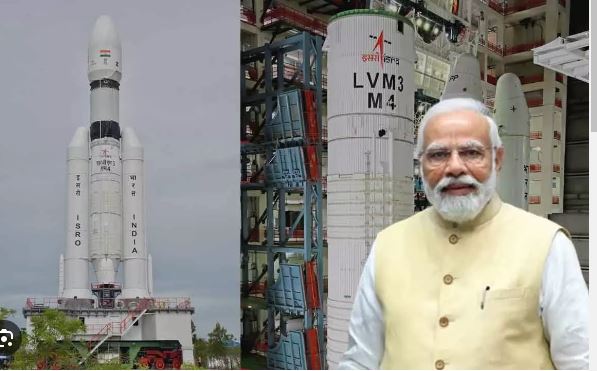
PM Modi says Chandrayaan-3 lunar mission will carry hopes and dreams of nation
text_fieldsNew Delhi: Thanking the scientists who worked behind the Chandrayaan-3 before its launch, Prime Minister Narendra Modi urged people to know more about the mission and the strides India has made in space, science and innovation.
In a tweet, PM Modi sent out his best wishes to the mission, which he hoped would etch in golden letters in the nation’s space-related achievements.
ISRO’s lunar mission is set to launch on Friday, July 14th, from the Satish Dhawan Space Center in Sriharikota.
In a series of tweets, the Prime Minister congratulated the mission, "Best wishes for Chandrayaan-3 mission! I urge you all to know more about this Mission and our strides in space, science and innovation. It will make you all very proud."
In his tweets, he mentioned that "14th July 2023 will always be etched in golden letters as far as India's space sector is concerned. Chandrayaan-3, our third lunar mission, will embark on its journey. This remarkable mission will carry the hopes and dreams of our nation."
“Chandrayaan-3 will be inserted into the Lunar Transfer Trajectory after the orbit-raising manoeuvres. Covering over 3,00,000 km, it will reach the Moon in the coming weeks. Scientific instruments onboard will study the Moon's surface and enhance our knowledge”, he added in his tweet.
Further, the Prime Minister added that "Thanks to our scientists, India has a very rich history in the space sector. Chandrayaan-1 is considered to be a path breaker among global lunar missions as it confirmed the presence of water molecules on the moon. It featured in over 200 scientific publications around the world."
"Till Chandrayaan-1, the moon was believed to be a bone-dry, geologically inactive and uninhabitable celestial body. Now, it is seen as a dynamic and geologically active body with the presence of water and sub-surface ice. Maybe in the future, it can be potentially inhabited!" was revealed in the Prime Minister’s tweets.
Remembering the previous lunar mission, the Prime Minister said, “Chandrayaan-2 was equally path-breaking because data from the Orbiter associated with it detected the presence of chromium, manganese and sodium for the first time through remote sensing. This will also provide more insights into the moon's magmatic evolution”.
"The key scientific outcomes from Chandrayaan 2 include the first ever global map for lunar sodium, enhancing knowledge on crater size distribution, unambiguous detection of lunar surface water ice with IIRS instrument and more. This Mission has featured in almost 50 publications", the Prime Minister tweeted.























